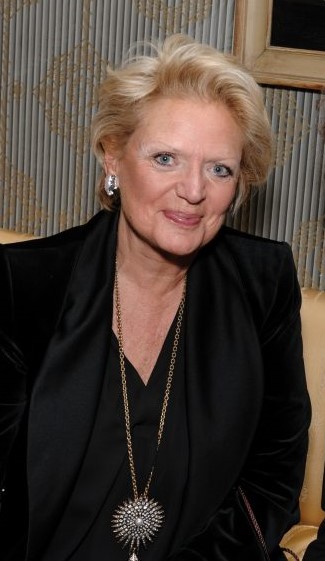
By Kristin Noelle Smith
It’s not often people from Chicago are part of a “royal entourage,” but half a dozen Chicagoans traveled this fall to Italy with Princess Béatrice de Bourbon des Deux Siciles, a direct descendant of the Bourbon Kings and Queens of France.

Princess Béatrice.

Princess Stefania Pignatelli Gladstone with Princess Béatrice.
Joined by well-known garden specialist Didier Wirth (Président of the Comité des Parcs et Jardins de France), they were part of a group organized by the American Friends de Versailles to visit the Marche region, between Umbria and the Adriatic coast, in the Renaissance footsteps of renown artists Raphael and Piero della Francesca.

Chicagoan Catharine Hamilton (AFV Founder and President) with Didier Wirth (Président of the Comité des Parcs et Jardins de France).

The American Friends of Versailles at the Villa Imperiale near Pesaro.
Joining others from Texas, New Orleans, Florida, Washington D.C., California and New York were Chicagoans: Catharine Hamilton (AFV Founder and President), Bonnie Deutsch Hartung and Phillip Hartung (AFV Board of Directors), Jim Stone (Asset Management), Anne Coladarci (Attorney), and Kristin Noelle Smith (AFV Executive Director).
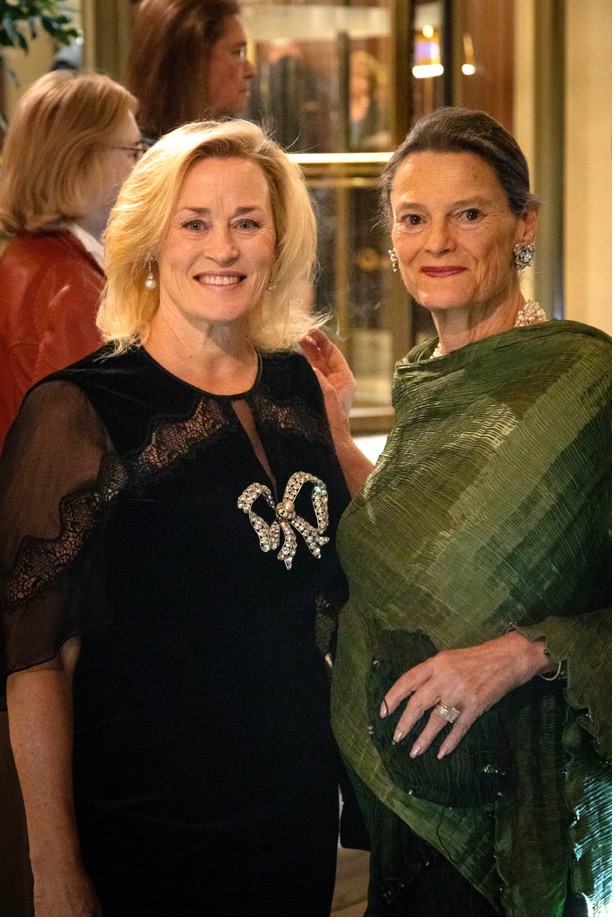
Claire Dwoskin with Catharine Hamilton.

Bonnie Deutsch Hartung and Phillip Hartung (Chicagoans and AFV Board Members) at Villa Imperiale.

Chicagoans Jim Stone and Anne Coladarci at the Villa Imperiale, near Pesaro.
On AFV benefit trips, guests visit locales that offer important introductions to influences on and from the Palace of Versailles, which donors support by funding important restoration projects. This year they relished eight days visiting the Marche regions’s private palazzos, villas, museums, and magnificent gardens of important princely families. Some highlights of this illuminating trip include the following…
Their first day’s excursion was to Ravenna, known for its well-preserved late Roman and Byzantine architecture, and the eight “Early Christian Monuments” a UNESCO World Heritage Site. They visited the Basilica of Sant’ Apollinare in Classe and the Basilica of San Vitale, the Arian Baptistry and the Orthodox Baptistry, constructed in the 5th and 6th centuries. The mosaics are among the best surviving examples of this form of art in Europe and have added significance, due to the blending of western and eastern motifs and techniques.

Ravenna’s Orthodox Baptistry.
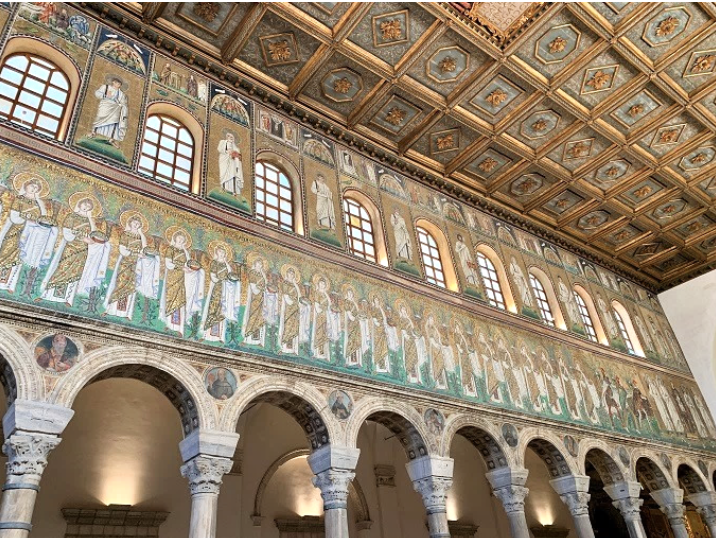
Interior mosaics of the Basilica of Sant’ Apollinare in Classe.
A late afternoon guided walk through Bologna included stops to the University of Bologna (the oldest university in the western hemisphere, founded in 1088, second oldest is Oxford.), Piazza Maggiore, Via dell’Archiginnasio with its beautiful Portico del Pavaglione and some of the most desirable shops in Bologna. Over 25 miles of arcade walkways are in Bologna! And Basilica of San Domenico, a true treasure chest of Italian art.
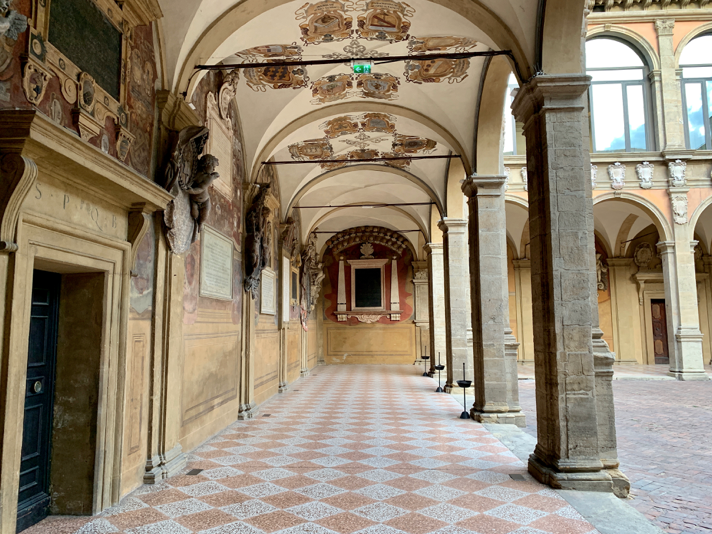
University of Bologna.
The next morning the American Friends of Versailles visited the gorgeous Villa Imperiale and its gardens located near Pesaro, the Adriatic port city. This villa is surrounded by the green hills of the Colle San Bartolo Natural Park and originally conceived in the 15th century as a Sforza family manor, then was enlarged and frescoed in the 16th century by the Della Rovere dukes. Following the end of that dynasty was a long period of decay, which lasted from 1631 to the 19th century, when the Villa became owned by the Albani family, ancestors of the current owners. It is still the perfect image of an ancient suburban villa where landscape and architecture find their balance.
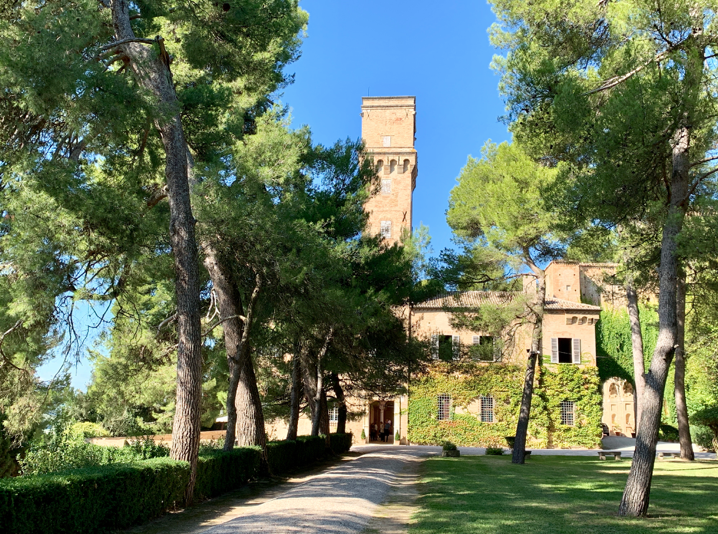
Villa Imperiale near Pesaro.
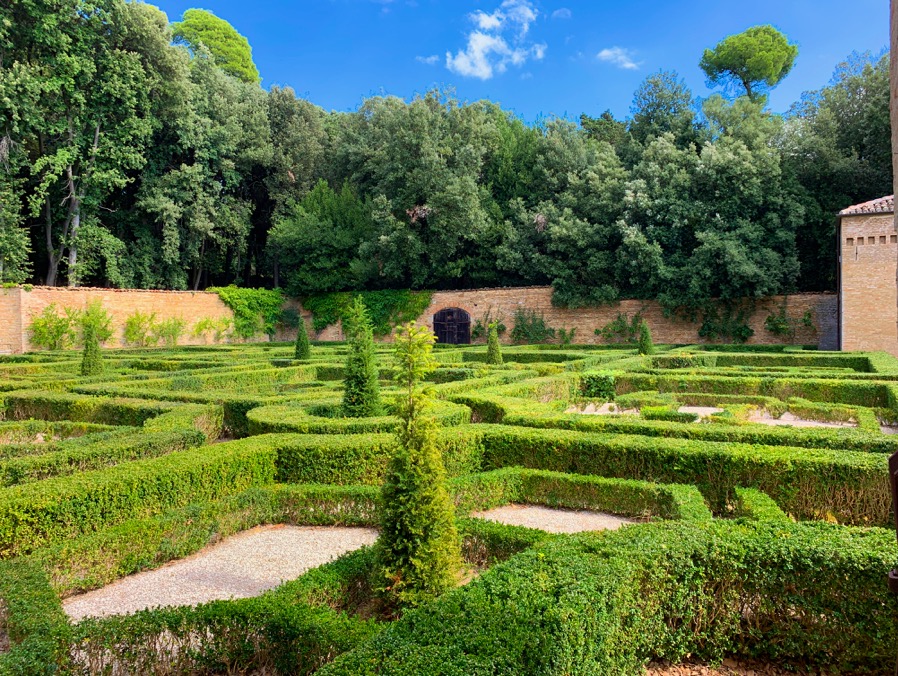
Upper Terrace Garden at Villa Imperiale.
Duke Federico III di Montefeltro, during his reign, between 1444 and 1482 built the incredible Palazzo Ducale, full of light and art. Images of him shown later in life are only in profile to better conceal the loss of an eye and part of his nose due a jousting accident. Urbino was part of the Papal States, (1508–1631) and the rich artistic heritage (including furniture) of the Ducal Palace went to form, for the most part, the dowry of the last direct descendant. These works went on to form the core of the future Uffizi Gallery of Florence.

Urbino’s Palazzo Ducale.
AFV guests next toured the strategic port and fortress of Senigallia, in the province of Ancona. It was first settled in the 4th century BC by the gallic tribe of the Senones. It was ravaged by Alaric during the decline of the Roman Empire and fortified when it became part of the Byzantine Empire. It was again laid waste by the Lombards in the 8th century and by the Saracens in the 9th. In the 15th century, Senigallia was captured and recaptured many times by opposing sides during the Guelph and Ghibelline war , which plagued much of Italy, and finally fortified in the years 1450-1455 by Sigismondo Pandolfo Malatesta of Rimini. Since 1624, Senigallia has been part of the Papal State‘s legation (province) of Urbino.
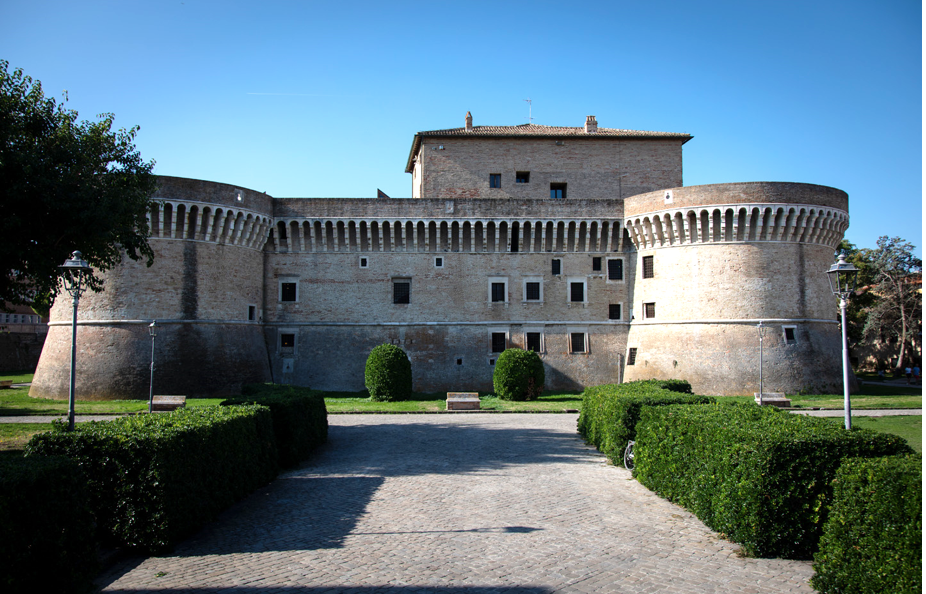
Fortress of Senigallia along the Adriatic Sea.
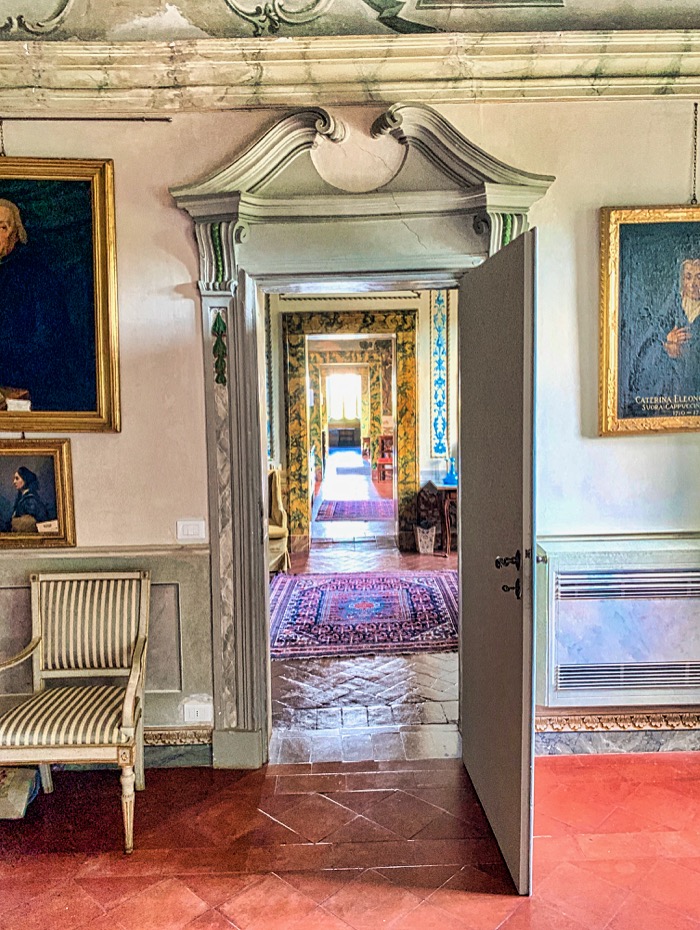
Superb Enfilade in Villa Spada.
Additionally, the American Friends of Versailles were graciously entertained for a lunch at Villa Spada (one of the most beautiful private Villas in Italy with a very important garden) and were welcomed by the owners and hosts, Signora Margherita Balbo di Vinado and Dott. Venceslao Stevens.



